In the latest episode of the Life and Language Podcast (available via Spotify and Apple) historical fiction author Essie Fox talks about her novel “The Fascination,” described as “a dark kaleidoscope of a novel, set in the chaos of the Victorian fairgrounds, the glamour of the Drury Lane pantomimes, and an anatomy museum in London.” This accompanying blog post examines Essie’s research methods and considers how modern writers can skillfully “exorcise” historical narratives while preserving their authenticity.
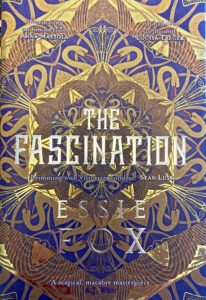
In the realm of historical fiction, certain authors possess a rare talent: not only do they resurrect the past, but they also imbue it with a haunting resonance that echoes long after the final page is turned. Essie Fox stands among these literary alchemists. Her writing delves into the darkness and deception of Victorian London, unravelling the secrets of its shadows and weaving them into a narrative that masterfully merges historical truths with imaginative storytelling.
Join us in the latest episode of the Life and Language Podcast as Essie discusses “The Fascination,” her latest novel that takes readers on a journey through the underbelly of Victorian society, drawing inspiration from real-life anatomical museums, where wax figures depicting human anatomy were displayed alongside exhibits on venereal diseases.
In “The Fascination,” Victorian England comes alive through the intertwined fates of twin sisters Keziah and Tilly Lovell and Theo, an orphan raised by his grandfather, Lord Seabrook. The Lovell sisters, coerced into promoting their father’s quack elixir on the country fairgrounds, find themselves sold to a mysterious Italian known as `Captain´. Meanwhile, Theo, resentful of his grandfather’s treatment and fascinated by anatomical curiosities, finds employment in Dr Summerwell’s Museum of Anatomy in London, where he encounters Captain and his eclectic troupe of performers.
Facts, Fancies, and Fabrications
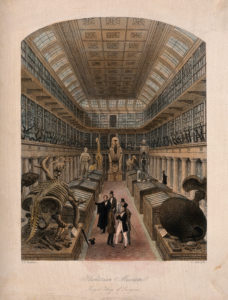
In our CLiC Creative writing resources, we often discuss how smaller historical details can help support a writer’s overarching story — or how serendipitous research can inspire a new theme or plot point rooted in a forgotten aspect of the past.
For Essie, the key to crafting authentic historical fiction lies in striking a delicate balance between fact and fiction. Her research methodology is as eclectic as it is thorough. Beyond conventional historical texts, she scours newspaper archives and online resources like the Dictionary of Victorian London (an encyclopaedia curated by historian Lee Jackson), unearthing detailed accounts and period-specific language to infuse into her writing.
From wax Venuses to the mythical ‘Hand of Glory’, she habitually draws inspiration from unusual artefacts and forgotten curiosities, offering us a glimpse into the era’s fascination with both medical education and sensationalism.
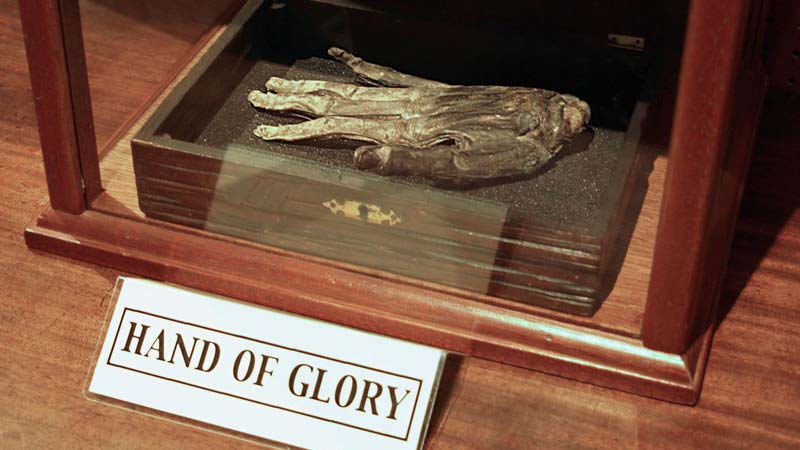
One memorable scene in “The Fascination” involves a room where the protagonist’s grandfather showcases various taxidermy exhibits. Among these peculiar items is a “Fiji mermaid,” a concoction featuring the torso and head of a juvenile monkey affixed to the back half of a fish. This amalgamation was often presented in sideshows as the mummified remains of a mythical creature purportedly discovered near the Fiji Islands in the South Pacific. The Fiji mermaid became a popular attraction, captivating audiences with its supposed hybrid nature as a creature half mammal, half fish. These unsettling displays evoke a mixture of horror and fascination in readers and characters alike.
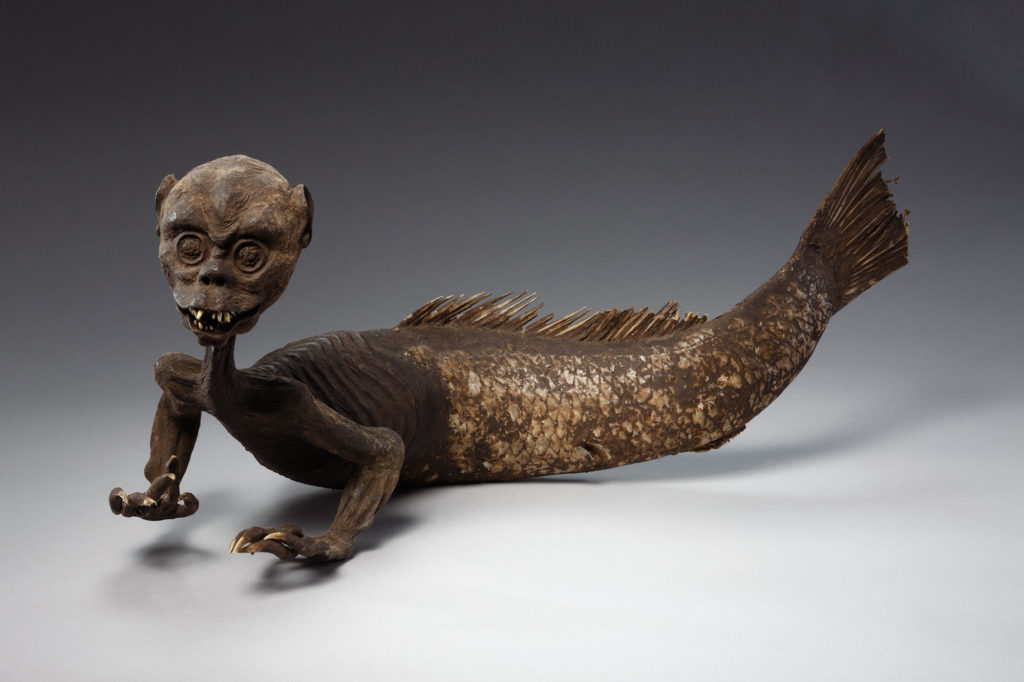
Check out “The Virtual Victorian”, Essie’s blog devoted to the ‘facts, fancies, and fabrications’ of the nineteenth century, to find out more about her research journey.
Illuminating the Past
As Essie explains in the latest episode of ‘Life and Language’, understanding the historical context of lighting is crucial for authentic historical fiction. It’s not just about describing the visual aspect of light; it’s about capturing how people of that era experienced and responded to various light sources, from the warm glow of gas lamps to the eerie brilliance of celestial events like comets, then viewed as both omens and spectacles.
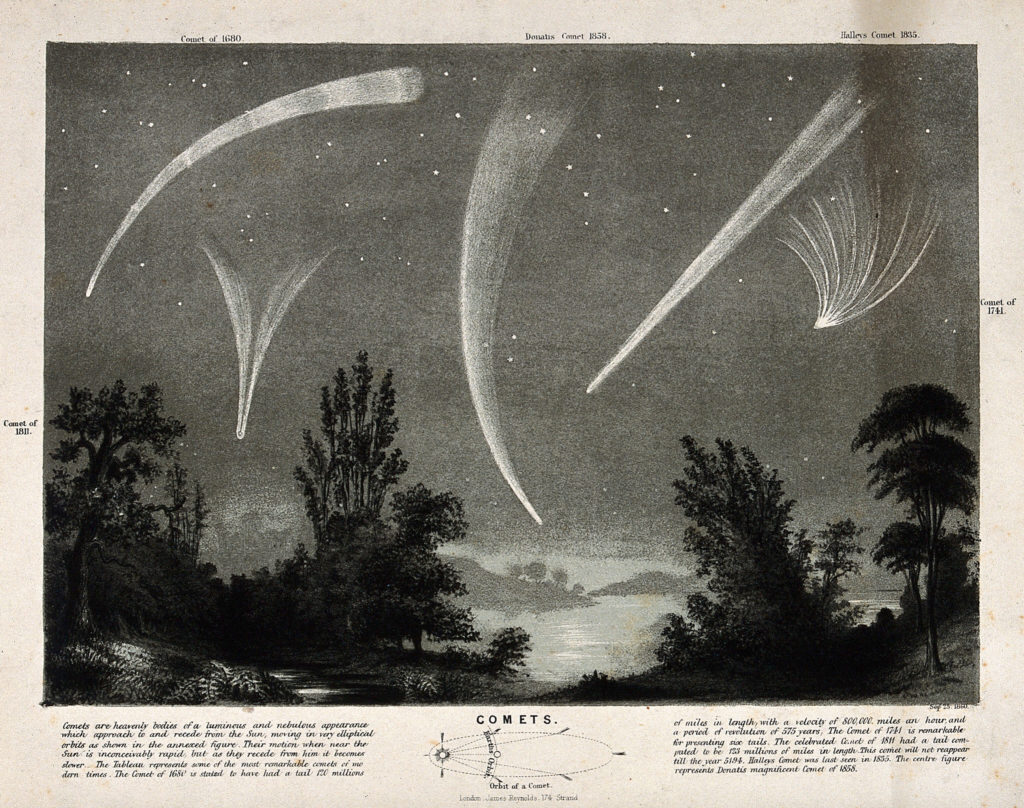
By utilizing CLiC’s concordance feature you can uncover hidden patterns and nuances in the depiction of light across a myriad of Victorian texts.
You might look, for example, at the contrast between natural and artificial light, or the thematic association of light with notions of hope, progress, or spiritual revelation. You can even explore how different social classes or characters are depicted in relation to light, (as seen in the concordance search below of “candle*” across our nineteenth-century reference corpus).
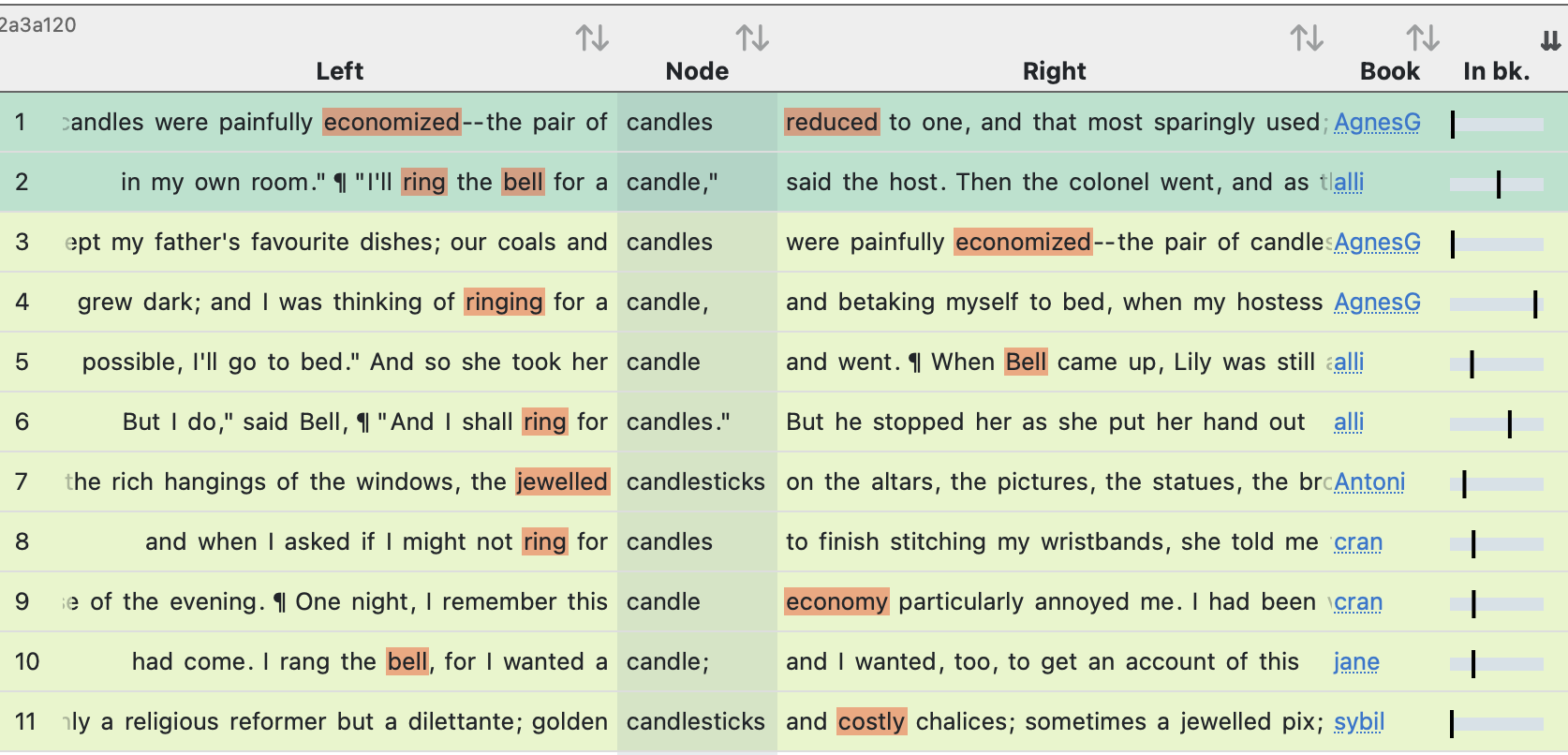
The Ghostly Muse
“I think a lot of writing is almost like being haunted…you want to get it out. It’s almost like exorcising these things that come to live inside you.” — Essie Fox, on the ‘Life and Language’ podcast.
For Essie and many creatives, writing transcends mere technicality; it becomes a deeply personal exploration. Much like ghostly apparitions, certain ideas, themes, and experiences can take up residence in a writer’s mind, refusing to be ignored. They linger, whispering their stories, compelling the curious to give them voice.
Charles Dickens, a literary giant of the Victorian era notorious for his spectral storytelling shared a similar sentiment. In his preface to “Bleak House,” he wrote about characters haunting him, vivid and alive beyond the pages of his novels: “I have purposely dwelt upon the romantic side of familiar things. Varying this aspect of my design, I have dealt with my people as wind and sun and rain have painted them on my own dull real windows.”
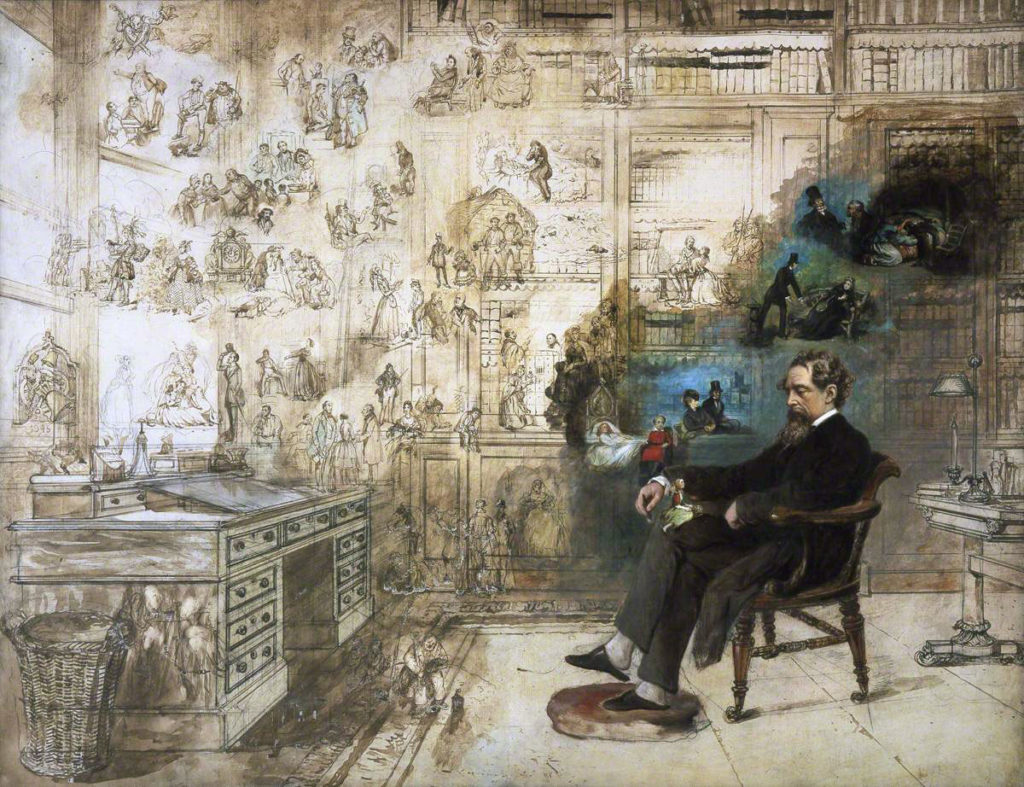
When Essie speaks of writing as being haunted, she invites us to consider the profound connection between the past and the present, between memory and imagination. In the nineteenth century, this haunting quality was not confined to individual authors but permeated the collective spirit of an era that sought to confront the uncertainties of their time.
Just as Dickens found his ‘magic lantern’ in the labyrinthine alleys of Victorian London, we must tap into our own sources of inspiration. In many ways, The CLiC Web App serves as a modern writer’s magic lantern, illuminating the hidden corners of historic narratives.
____
You can find out more about how to utilise CLiC as a writer of historical fiction by exploring our previous posts: Journey to the Past, Historical Ventriloquism, Let there be Light, and Checking your Manuscript for Anachronisms. Be sure to check out ‘Nightwalking by Magic Lantern, Finding Your Inner Flaneur with Charles Dickens’ to find out more about Dickens’ creative process.
If you’re interested in delving deeper into how modern storytelling can shape our understanding of the past, you may also enjoy reading our blog post on the power of history as performance, featuring insights from Paterson Joseph, author of ‘The Secret Diaries of Charles Ignatus Sancho’.
#CLiCCreative demonstrates how the CLiC Web App can serve as both a creative resource and an innovative research tool for writers of historical fiction. You can find out more about the overarching project here. If you’ve enjoyed this post then please share it on X (formerly Twitter) under the hashtag #CLiCCreative, or by tagging us @CLiC_fiction.
Please cite this post as follows: White, R. (2024) #CLiCCreative: Exorcising Historical Narratives with Essie Fox [Blog post]. CLiC Fiction Blog, University of Birmingham. Retrieved from [https://blog.bham.ac.uk/clic-dickens/2024/02/23/essie-fox/]

Join the discussion
0 people are already talking about this, why not let us know what you think?